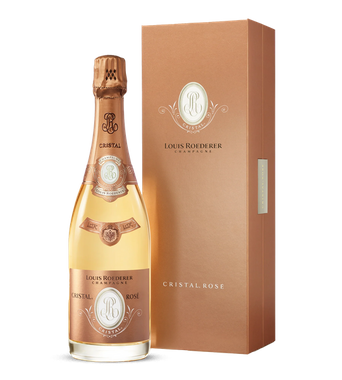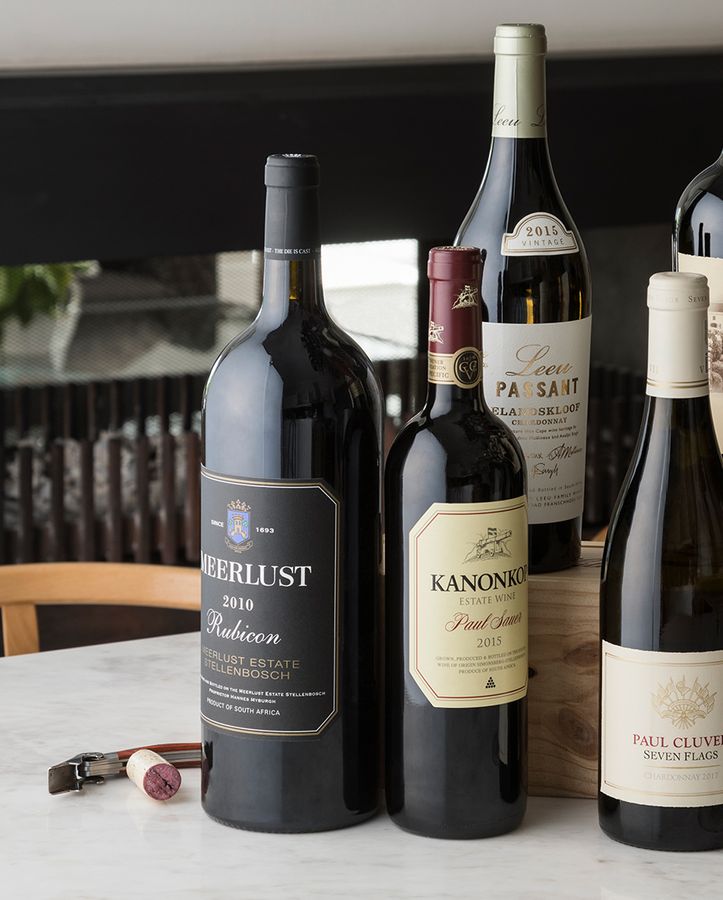For people who follow this sort of thing, the news that a crypto millionaire/billionaire spent (including buyer’s commission) over $6m (so over R100m) on a banana (together with a roll of duct tape so that he could stick it onto the wall) probably came as no surprise. The fact that the “work” in question was released in an edition of three (the other two sold for over R2m each, which is a not-insignificant amount for a piece of fruit which had a few hours before been on a greengrocer’s shelf) might add slightly to the sense of outlandish or bizarre.
The explanation in the words of the artist Mauzrizio Catalan is that this was a comment on the art market itself. He is reputed to have said “at art fairs, speed and business reign, so I saw it like this: if I had to be at a fair I could sell a banana like others sell their paintings.”
Extraordinary as this might appear to be, there’s an element of truth to how it highlights the disconnect between conventional perceptions of value and what some people are prepared to pay. We value gold because it has been seen for millennia as a repository of value – but it’s just a metal like any other. Diamonds attract massive prices for essentially tiny stones that are not very useful.
Is it any different in the world of fine wine: a rap artist tries to persuade an ancient and highly respected Champagne house that he should get a royalty for every bottle of the prestige cuvée they sell because his endorsement (and the fact that he pours it all over himself) is driving their sales. They say “no thank you” so he gets a below-the-radar champagne house to package a brand just for him. It sells so well – despite its absence of provenance – that shares in the brand have now been acquired by the big cheese of luxury goods, LVMH.
If this is how things are done, why would anyone care about learning how to paint, about identifying the best sites in which to plant grapes, why would anyone invest time and effort in the pursuit of perfection. The answer I hope is that there are still people about who appreciate the medium as well as the message, who love the intensity of emotion captured in a great painting, or who recognise the dedication and craft which goes into making an extraordinary wine. They won’t be paying R1m or R100m for a banana and some duct tape because they recognise the value inherent in the achievement of creating the object.
One of these great vinous rarities is Cristal Rosé, a wine made only in exceptional years, always from the same sites. Since the very first vintage the grapes have only come from estate-owned vineyards, which explains the consistency of style. The blend is typically 55% Pinot Noir and 45% Chardonnay, the former from the Bonotte Pierre Robert lieu-dit in Aÿ, the latter from Montmartin in Mesnil-sur-Oger and from Pierre Vaudon in Avize. It may be the only Grande Marque Rosés vinified with the light skin contact (saignée) of the pinot noir. I have been fortunate enough to have drunk bottles 25 years old, and they are simply sublime.
The total allocation for South Africa is 60 bottles a year.




